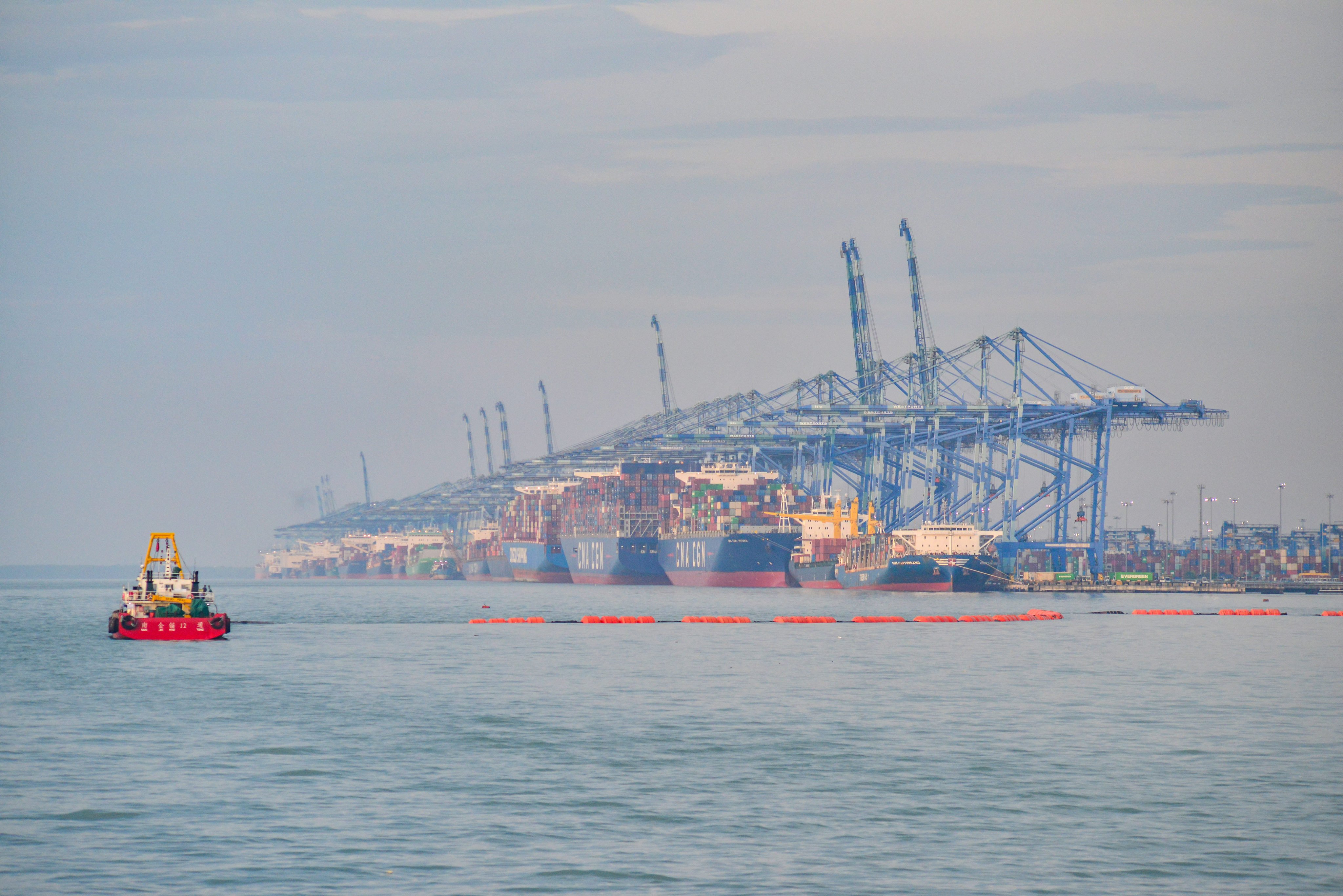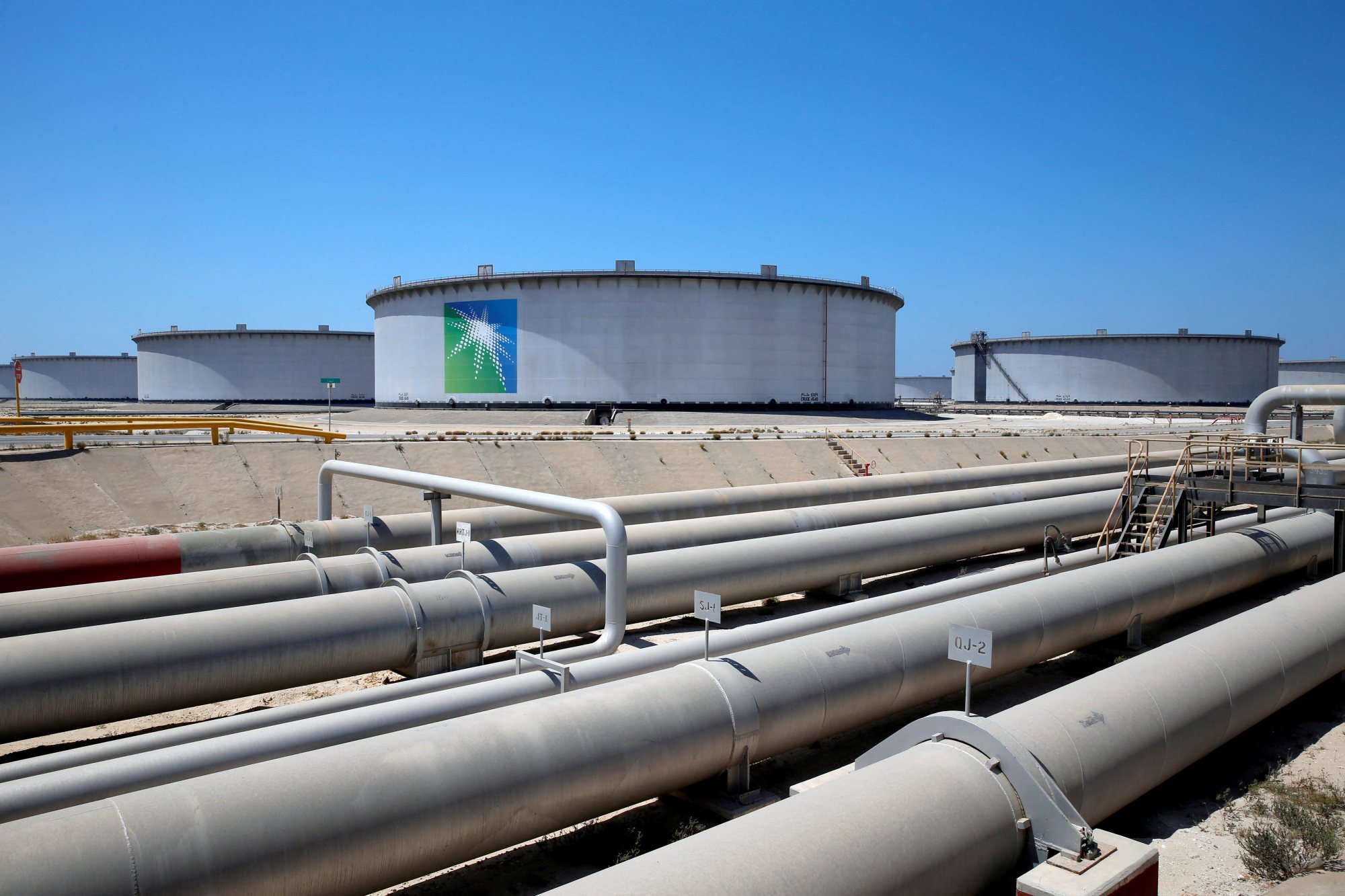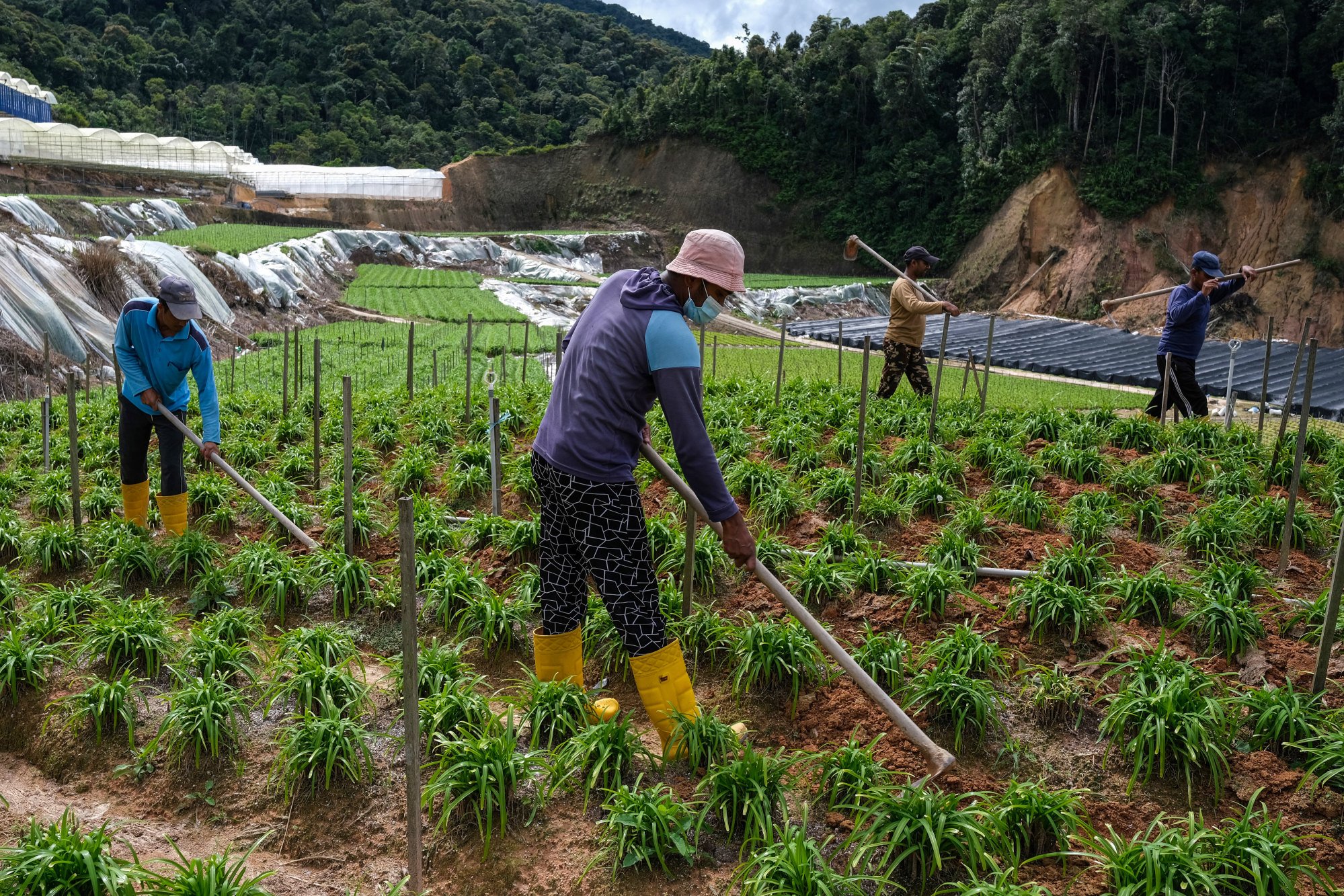Asean, Gulf leaders to meet in Malaysia as region seeks new investment lifeline
Malaysia to host summit with Gulf Cooperation Council next week as Southeast Asian nations hope for new funding to offset US tariff shocks

Southeast Asian nations are hoping to tap into the Gulf’s vast sovereign wealth funds, with leaders from both regions set to meet in Kuala Lumpur next week for a high-level summit backlit by slumping growth forecasts triggered by Washington’s tariff threats.
The Association of Southeast Asian Nations (Asean) and the six-member Gulf Cooperation Council (GCC) will hold their second summit on May 27, hoping to cushion the blow from global trade disruptions caused by US President Donald Trump’s tariff war.
Saudi Arabia, Qatar and the United Arab Emirates (UAE) – three of the largest economies in the GCC – already hold substantial investments in Southeast Asia, including in energy, infrastructure and technology.
These include a US$7 billion investment by Saudi Aramco in Malaysia’s Pengerang oil and gas complex, a US$10 billion green energy commitment by the UAE through Indonesia’s Danantara sovereign wealth fund, and backing for data centres in Malaysia’s southern state of Johor.

But from halal food to renewable energy, analysts say Gulf nations are looking to expand their footprint further across the region’s fast-growing economies.
“Asean can certainly benefit from the vast resources available by GCC’s sovereign wealth funds to kick-start the many start-up ecosystems we aspire to, whether it be in AI or food security,” said Eric Low, partner at Malaysia-based strategic advisory firm Densui.
Deals struck with Washington during Trump’s recent tour of the Gulf underscored the financial clout of the region’s oil and gas-driven economies. But experts say Gulf nations are now eager to reduce their dependence on fossil fuels, as they pursue food security for growing populations and seek a leadership role in the global AI race – from semiconductor production to hosting and owning data centres.
Saudi Arabia has set a goal of generating 50 per cent of its electricity from renewable sources by 2030.
Asean’s available land and agricultural potential had also caught the eye of GCC nations seeking food security, said Asrul Hadi Abdullah Sani, partner at strategic advisory firm ADA Southeast Asia.
“The region also continues to supply a significant portion of the foreign workforce in GCC states,” Asrul told This Week in Asia.
For Asean, there is an urgent need to wean its export reliant economies off the US market, with tariffs likely to cramp growth and force manufacturers to find new buyers or face mass closures.
Experts say deeper trade and investment ties between Asean and the GCC also open up the potential for economic integration with China.
China is already a key player in solar power installations in Saudi Arabia and the UAE, and is Asean’s largest trading partner.

“While the GCC has funds to spend, Asean and China offer opportunities not only for GCC investments in dynamic economies, but also in some of the technological breakthroughs which could be adopted in the modernisation of the Middle East region,” said Hafidzi Razali of political risk and policy advisory firm Strategic Counsel.
Malaysia, the host of next week’s gathering, is also convening the first Asean-GCC-China summit – an effort to align the region’s ambitions with Beijing’s economic weight.
However, this is unlikely to significantly reduce Asean or the GCC’s reliance on the United States in the short term, according to Densui’s Low.
Low said the pace of globalisation that had driven the world economy over the past 30 years “is coming to an end”.
“We are transitioning into a new modularity which remains unknown. All we can say is that all wish to seek for new opportunities; but more importantly a partner which is reliable and shares the same degree of faith in preserving an open economy,” he said.
America remains the biggest investor in Southeast Asia, with US$74 billion pumped into the region in 2023 alone, according to the latest available data compiled in the Asean Investment Report 2024.
China is a distant second with US$17.3 billion. Gulf nations did not make the list of Asean’s top-10 investors that year.